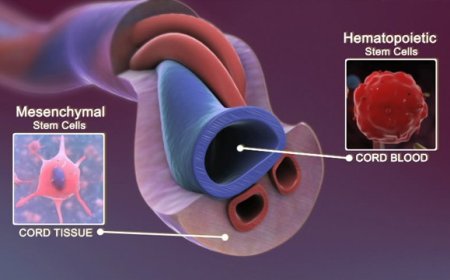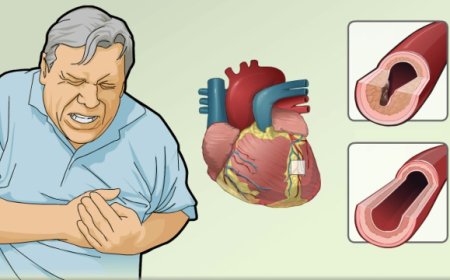Nearsightedness

Introduction:
In the vast and culturally diverse country of India, people from all walks of life experience various eye conditions. One such common condition is nearsightedness, which affects a significant number of individuals. Today, we will delve into the world of nearsightedness, its signs, symptoms, classifications, causes, risk factors, types, diagnostic tests, treatments, complications, and some simple explanations to help children aged 10 and above understand this condition better. Let's embark on a journey to embrace clarity in the world of eyesight!
What Is Nearsightedness? :
Imagine looking at a beautiful landscape, but the distant view appears blurry while the nearby objects remain clear. This condition is known as nearsightedness or myopia. It means that objects close to the eyes are seen clearly, but objects at a distance may appear blurred.
How Is Nearsightedness Classified? :
Nearsightedness can be classified based on its severity. It is measured in diopters (D), and the classification is as follows:
- Mild Nearsightedness: Up to -3.00 D.
- Moderate Nearsightedness: Between -3.00 D and -6.00 D.
- High Nearsightedness: Beyond -6.00 D.
Signs and Symptoms:
Recognizing nearsightedness is like understanding the subtle beauty of a butterfly's wings. Some common signs and symptoms include:
- Blurred Distance Vision: Objects like street signs or the board at school may appear unclear when far away.
- Squinting: Children may squint their eyes to see objects better.
Causes and Triggers:
The causes of nearsightedness are like the puzzle pieces that make up a beautiful picture. Some common causes include:
- Genetic Factors: If parents have myopia, children may inherit the condition.
- Environmental Factors: Prolonged use of digital devices or reading in dim light can contribute to nearsightedness.
Risk Factors with Examples:
Just as children may be more likely to catch a cold during the rainy season, certain factors increase the risk of nearsightedness. Some examples include:
- Family History: If parents or siblings have myopia, a child may be at higher risk.
- Screen Time: Spending long hours on smartphones or tablets can increase the risk of nearsightedness.
Types of Nearsightedness with Detailing for Each Type:
Nearsightedness is primarily categorized based on its severity, as mentioned earlier. The classification helps eye care professionals determine the appropriate vision correction.
Diagnostic Tests and Treatments:
To diagnose nearsightedness, an eye examination is conducted by an optometrist or ophthalmologist. They use special tools like the Snellen chart to assess vision. If nearsightedness is detected, prescription glasses or contact lenses are commonly prescribed to correct vision.
Complications of Nearsightedness and Prevention Techniques:
While nearsightedness is generally manageable, uncorrected or severe cases can lead to complications like eye strain, headaches, and difficulty in everyday activities. Regular eye check-ups, following eye care guidelines, and taking breaks from digital screens can help prevent complications.
In India, nearsightedness is a common eye condition that affects many children and adults. By understanding the signs, causes, and risk factors, individuals can take proactive steps to care for their eyesight. Through regular eye check-ups and wearing prescribed glasses, children and adults can embrace clarity and enjoy a world full of beautiful sights. Let's value our vision and protect our eyes, ensuring a brighter and clearer future for all in India.
What's Your Reaction?
 Like
0
Like
0
 Dislike
0
Dislike
0
 Love
0
Love
0
 Funny
0
Funny
0
 Angry
0
Angry
0
 Sad
0
Sad
0
 Wow
0
Wow
0








































































